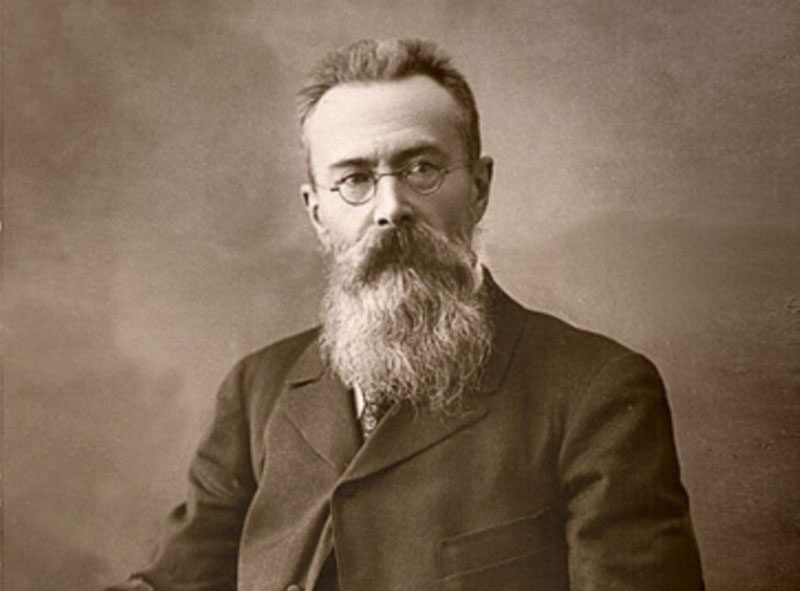Among the many grand musical undertakings of 19th-century Russia, few are as ambitious and fascinating as Nikolai Rimsky-Korsakov’s stage spectacle, Mlada. A synthesis of music, dance, folklore, and fantasy, Mlada reflects both the creative spirit of the Russian nationalist composers and the challenges they faced in turning bold ideas into successful productions.
A Collaborative Dream Turned Solo Project
The idea of Mlada was first conceived in 1870 as a collaborative opera-ballet by members of the Mighty Handful—a group of five prominent Russian composers: Rimsky-Korsakov, Modest Mussorgsky, César Cui, Alexander Borodin, and their mentor Mily Balakirev. The group envisioned Mlada as a richly scored theatrical work that would blend dramatic storytelling with dance, chorus, and orchestral color—something new in Russian music at the time.
Unfortunately, despite initial enthusiasm, the project was abandoned due to lack of coordination, practical challenges, and the different musical styles of the composers involved. Each member began composing his part independently, but the project soon fizzled out, leaving behind only fragments—some of which, like Mussorgsky’s contributions, would later be adapted into other works.
Rimsky-Korsakov’s Revival of Mlada
More than two decades later, in 1889-1890, Rimsky-Korsakov revived the idea of Mlada, but this time as a solo endeavor. He composed the music entirely himself, using a libretto written by Viktor Krilov (originally created for the earlier version). Rather than an opera or a ballet alone, Rimsky-Korsakov envisioned Mlada as a fantastic opera-ballet, integrating singing, orchestration, and extensive ballet sequences.
This version of Mlada premiered at the Mariinsky Theatre in St. Petersburg on October 1, 1892. While it was a significant artistic achievement, its sheer scale and complexity meant that it was rarely performed in full. However, it gave Rimsky-Korsakov the opportunity to explore new orchestral textures, exotic harmonies, and pagan-Slavic themes that would become hallmarks of his later style.
Plot and Musical Style
Set in a mythical pagan version of ancient Slavic lands, the story of Mlada follows Voyslava, a sorceress and princess who murders her rival, Mlada, to marry the prince Yaromir. Mlada’s ghost returns to guide Yaromir through a series of magical visions and divine encounters, culminating in Voyslava’s defeat and the prince’s reunion with his beloved in the afterlife.
Musically, Mlada is notable for its vivid orchestration, use of leitmotifs, and colorful depictions of supernatural and folkloric elements. Rimsky-Korsakov incorporated oriental scales, lush choral writing, and extensive ballet music, reflecting both his interest in Russian folk traditions and his growing mastery of orchestral writing. Notably, Mlada includes a celebrated “Procession of the Nobles”, which has become a concert favorite on its own.
Legacy of Mlada
Though not a staple of the operatic repertoire, Mlada stands as a pioneering example of musical synthesis and theatrical ambition in Russian art. It also marks an important stage in Rimsky-Korsakov’s evolution as a composer, foreshadowing the brilliance he would bring to later works like The Golden Cockerel and Scheherazade.
Today, Mlada is appreciated not only as a fascinating curiosity in the history of Russian music, but also as a testament to Rimsky-Korsakov’s vision, craftsmanship, and dedication to creating a distinctly Russian form of musical storytelling.Korsakov


Comments are closed